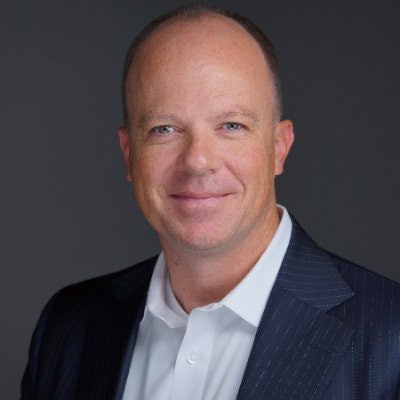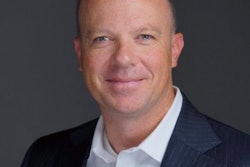
No one wants to receive a returned claim in which the services provided were "disallowed" by the insurance company. Even the most experienced claims person will get a denial that is a big surprise and disappointment from time to time. It is vitally important to understand the claim language to understand the steps to follow to appeal for a reversal in the payment decision.
The claim is rejected
It cannot be processed as it was submitted. There are errors in the filling out of the claim. These errors do not match the information that the insurance company has on file for the subscriber or the patient. The explanation of benefits (EOB) will most likely not be included with the denial, so you will have to examine the claim and check the information on file, make corrections, and resend.
The claim is disallowed or 'not billable to the patient'
 James Anderson, DMD.
James Anderson, DMD.The insurance company makes a decision that the service(s) provided do not qualify for reimbursement under the plan. Because of this, the practice cannot bill the patient. No payment and no statement equals no revenue.
For instance, reporting D3120 Pulp Cap on the same date as D2940 Protective Restoration may cause the denial of the D2940 because, in most plans, the procedure is considered inclusive (global) of the pulp cap procedure. Or the insurance payor may pay the D2940 but not the D3120. Paying both would be an exception. However decided, the patient may not be billed.
The claim is denied
The request does not qualify for reimbursement, and the reason is provided on the EOB sent by mail or email. There is missing information that supports the clinical or medical necessity of the claim and/or there may be filing errors. Denials appealed correctly often result in reimbursement of contractual fees. Always follow the appeal process as dictated by the insurance company to avoid rejection again. If the practice cannot fulfill the request to provide the proper information, the claim will not be paid and the patient cannot be billed.
When claims are disallowed due to contract language, the patient can contact their employee benefits manager in human resources. The employee benefits manager might be able to override a self-funded plan exclusion and perhaps put in a word to include coverage in the future.
Insurance payors can and do make errors.
It is essential to send out "clean claims" free of mistakes. Include all necessary documentation, and be knowledgeable of the patient's benefits and the exclusions of their dental plans. When you know that you are on top of things and have checked off all the boxes, you will be confident that you filed the claim correctly.
James Anderson, DMD, is a practicing dentist in Syracuse, UT, and is the CEO and founder of eAssist Dental Solutions. He can be reached via email.
The comments and observations expressed herein do not necessarily reflect the opinions of DrBicuspid.com, nor should they be construed as an endorsement or admonishment of any particular idea, vendor, or organization.


















